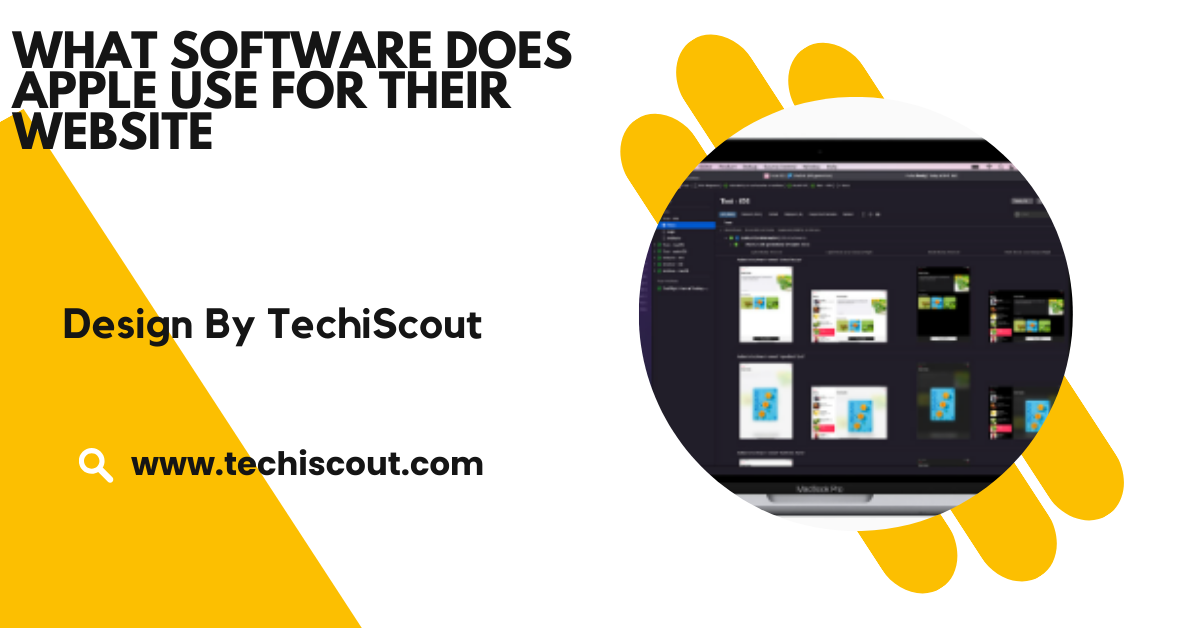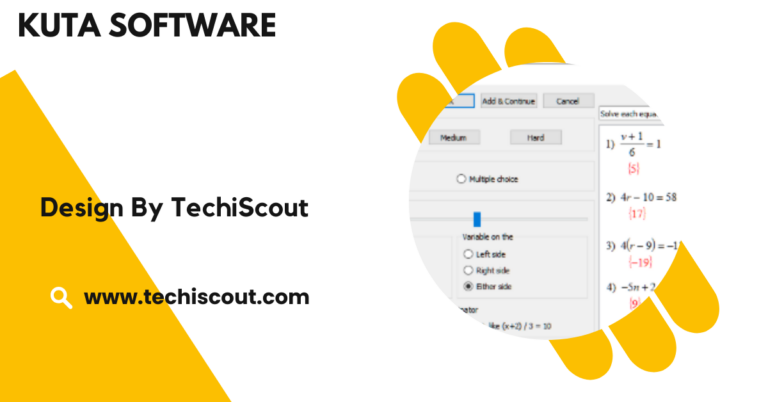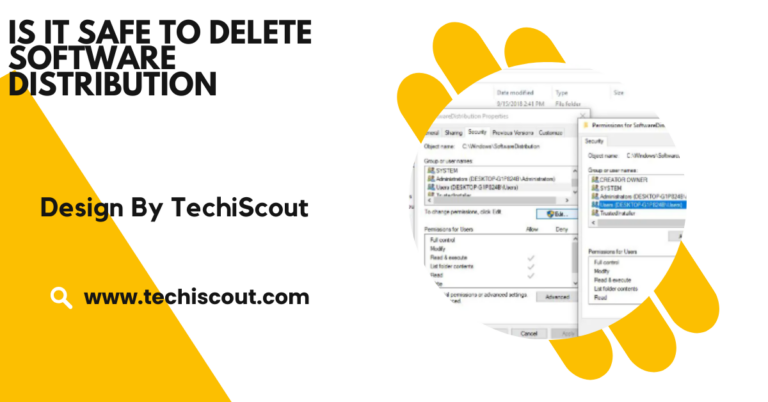What Software Does Apple Use for Their Website – Discover Innovation!
Apple’s website uses advanced web frameworks, a custom CMS, databases, and strong security to ensure seamless performance.
Apple’s website showcases high-performance architecture, blending advanced software and design to deliver a secure, seamless user experience.
Table of Contents
Web Frameworks and Programming Languages:

Apple’s website leverages powerful web technologies and frameworks to ensure both performance and flexibility in design:
- Frontend Stack: Apple uses HTML5, CSS3, and JavaScript as the backbone for its frontend development. HTML5 provides a standardized structure, while CSS3 enables Apple’s designers to create the sleek, minimalist styling that matches Apple’s brand image. JavaScript adds interactivity, allowing users to navigate smoothly and engage with dynamic content.
- JavaScript Frameworks: Apple likely employs JavaScript frameworks like React and Angular to create a modular, reusable component structure that allows for dynamic, real-time updates across pages. These frameworks support fast-loading interactive elements, such as product carousels and animations.
- Backend Languages: Apple’s server-side scripting may involve languages such as Node.js and Python. Node.js is known for handling asynchronous operations effectively, allowing Apple’s servers to handle high traffic volumes without compromising response times.
- Swift for Web Development: Given Apple’s investment in its own programming language, Swift, there may be elements of Swift-based code used in experimental areas or applications associated with its web services, though this is less common for website frontend and backend development.
Content Management System (CMS):
Rather than using an out-of-the-box CMS like WordPress, Apple has built a custom content management system tailored to its unique needs. Here’s why:
- Scalability: Apple’s custom CMS is built for scalability, allowing them to seamlessly support millions of visitors daily. This means Apple’s developers can push updates and content across multiple languages and regions without performance degradation.
- Content Delivery: Apple’s CMS is designed to handle rich media content (high-res images, 3D renders, product videos) while maintaining site speed. The system is likely tied into Apple’s CDN and optimized for load balancing to ensure content reaches users quickly.
- Integration with Apple Ecosystem: The custom CMS enables close integration with Apple’s product database, e-commerce systems, and app ecosystems, ensuring a seamless user experience whether a visitor is browsing, watching a demo, or purchasing.
Web Server Technologies:
To support such a high volume of users, Apple’s website relies on powerful server software:
- NGINX and Apache: Apple likely uses a mix of NGINX and Apache to distribute traffic effectively. NGINX, in particular, is renowned for its ability to handle many simultaneous connections, which is crucial for global brands like Apple that experience high traffic spikes during product launches.
- Load Balancing and Redundancy: Apple implements load balancers to ensure consistent user experiences by distributing the server load. Load balancing prevents any one server from becoming a bottleneck, maintaining fast load times and site uptime even during peak traffic.
- Caching Mechanisms: Apple’s servers are configured with sophisticated caching mechanisms, which likely include both client-side and server-side caching. By caching frequently accessed content, Apple can reduce server strain and enhance load times for repeat visitors.
Also Read: Software Updates Error Id 3104046 – A Step-by-Step Guide!
Database Management:
Managing Apple’s massive content and user data requires a reliable, high-performance database system:
- MySQL and SQL Databases: Apple likely uses MySQL or a proprietary SQL-based system to store relational data, such as product specifications, user information, and transaction histories. SQL databases provide reliability and data integrity, crucial for e-commerce and user accounts.
- NoSQL Solutions: For high-speed data handling, such as tracking user interactions or managing real-time data, Apple may use MongoDB or Cassandra databases. NoSQL databases allow for flexible, document-based storage that can support faster, scalable queries—especially useful for analyzing site behavior.
- Data Warehousing: Apple may also employ data warehousing solutions for long-term storage of big data generated by user interactions, site metrics, and sales analytics. This enables Apple’s analytics teams to run in-depth reports and monitor trends over time.
Security Software:

Security is of utmost importance to Apple, especially given its high-profile brand and user base. Apple employs multiple layers of security:
- SSL/TLS Encryption: All data transmitted between the user and Apple’s website is protected with SSL/TLS certificates to prevent interception. Apple’s certificates are regularly updated and validated to maintain maximum security standards.
- Web Application Firewall (WAF): Apple employs a Web Application Firewall (WAF) to prevent web-based threats like SQL injections, cross-site scripting (XSS), and DDoS attacks. A WAF filters and monitors HTTP requests, blocking suspicious activity before it reaches Apple’s core servers.
- Advanced DDoS Protection: Apple likely partners with a specialized security provider to protect against Distributed Denial of Service (DDoS) attacks, ensuring that the site remains operational even in the face of large-scale malicious traffic.
Analytics and Optimization Tools:
Apple’s website leverages data analytics and optimization tools to improve user experience continuously:
- Adobe Analytics and Google Analytics: Apple uses analytics tools to understand visitor behavior. Data on clicks, scrolls, and page views allows Apple to refine the user journey, optimize page layout, and test new features.
- A/B Testing and User Testing Platforms: By utilizing tools like Optimizely or Google Optimize, Apple can run A/B tests to see how users respond to different versions of web pages. This data-driven approach helps Apple optimize elements for conversions, like product pages and call-to-action buttons.
- Heat Mapping Tools: Heatmaps, such as Hotjar or Crazy Egg, might be employed to track where users interact most on pages. Insights from heatmaps allow Apple to identify popular elements and make adjustments to enhance the user interface.
Content Delivery Network (CDN):
To deliver fast loading times for users worldwide, Apple employs a robust Content Delivery Network (CDN):
- Akamai or Apple’s Custom CDN: Apple utilizes a CDN (likely Akamai or their proprietary CDN) to cache and distribute high-resolution images, videos, and scripts to edge servers worldwide. By storing files closer to users’ geographic locations, the CDN reduces latency, offering faster page loads and an uninterrupted experience.
- Caching Strategies: Apple’s CDN setup is optimized with caching strategies to keep frequently accessed content available at the network’s edge, minimizing requests to the origin server and enhancing load speeds, especially during product launches.
Mobile Responsiveness and Adaptive Design:
Apple’s website prioritizes mobile responsiveness to ensure a consistent experience across devices:
- CSS Media Queries: Apple’s design team employs CSS media queries and frameworks to ensure that elements scale according to screen size, creating an equally compelling experience on both desktops and mobile devices.
- Mobile-First and Adaptive Design: Apple’s design approach often involves a mobile-first strategy. By designing mobile-friendly pages first, Apple can ensure that mobile users, who represent an increasing percentage of visitors, experience smooth navigation, load speeds, and product displays.
- Performance Optimization: To prevent slow loading on mobile, Apple uses image compression, lazy loading for images, and optimized JavaScript to minimize load times, conserving data usage for mobile visitors.
FAQ’s
1. What web frameworks does Apple use for their website?
Apple’s website uses a mix of frontend technologies like HTML5, CSS3, JavaScript, and frameworks such as React or Angular to deliver an interactive user experience.
2. Does Apple use a content management system (CMS)?
Yes, Apple uses a custom-built CMS to handle scalable content, integrate with the Apple ecosystem, and support high-quality media without compromising performance.
3. What kind of databases does Apple’s website rely on?
Apple likely uses SQL databases for structured data and NoSQL solutions for handling real-time interactions, ensuring high-speed, scalable data management.
4. How does Apple secure its website?
Apple employs SSL/TLS encryption, web application firewalls (WAFs), and DDoS protection to safeguard against potential cyber threats.
5. What does Apple use to optimize content delivery?
Apple utilizes a powerful CDN, likely through Akamai or a proprietary setup, to store and serve content from locations closer to users, ensuring fast loading speeds worldwide.
Conclusion
Apple’s website exemplifies high-performance web architecture, integrating advanced frameworks, a custom CMS, robust databases, and strong security. Through cutting-edge tools and strategies, Apple creates a visually compelling, seamless global user experience, reinforcing its brand’s commitment to quality and innovation in digital design and functionality.






